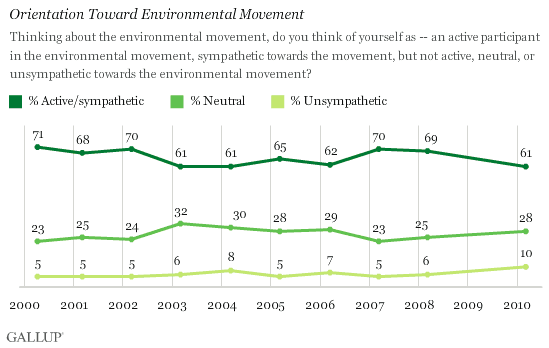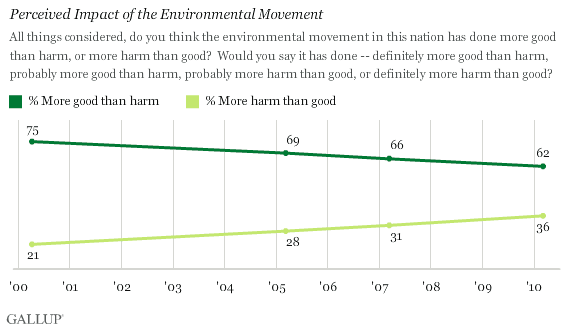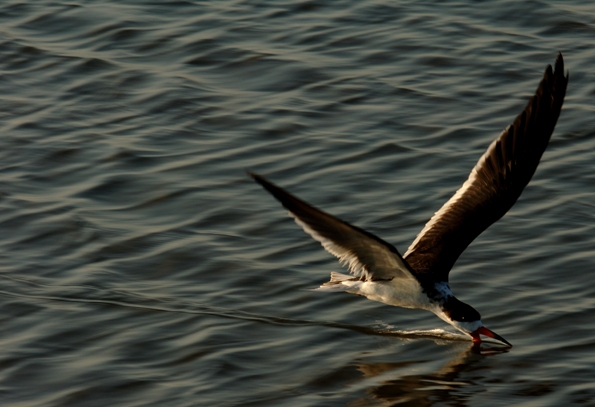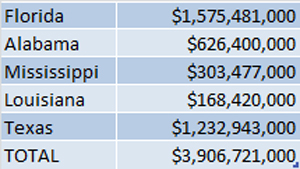Conservation has lost its edge. Once razor sharp, the movement is dull and rusty. Rosalie Edge had a brass that has leached from the cause. Conservation has become a soirée for the well-meaning, well-heeled saviors.
Conservation did not begin this way, emerging first as a militant. Roosevelt, Pinchot, Dock, Rothrock, Chapman, McFarland, Edge, and their kind were brusiers. A 1948 New Yorker magazine profile called Edge “the most honest, unselfish, indomitable hellcat in the history of conservation.” An Audubon Society lawyer in the lawsuit she had brought against its officers in 1931 denounced her as a “common scold.”
I like hellcats and scolds. They confront the status quo, and beyond thinking “outside of the box” they recognize that there is no box in the first place.
Hellcats shove movements out of the muck where they inevitably become mired. A civil rights movement existed before Martin Luther King. An environmental movement existed before Rachel Carson. Computers were around before Steve Jobs. They were the game changers, the ass kickers.
How did the current conservation effort become so tepid, so nice? How is it that this once vibrant cause, this movement, now looks more like a marriage between the junior league and the junior varsity?
The Deepwater Horizon blowout is one of those cathartic moments when the emotional debris we collect dissolves and we see ourselves, at least for a brief moment, in a clear light. After Pearl Harbor American isolationists could see the futility of their efforts. After 9/11 the U.S. seemed a little less secure, a little less safe. After the Deepwater Horizon, we see just how fruitless it is to blithely ignore politics and policy while rubbing noses (and purses) with those who may exploit and despoil.
Consider the oil and gas industry. The run-up in prices and industry consolidation have given rise to an industrial oligarchy. Remember that our country’s greatest conservation president, Theodore Roosevelt, broke up Standard Oil to protect the public from this over-reaching industry over a century ago. We didn’t heed his lesson.
What does this have to do with conservation and the movement? The BP fiasco in the Gulf highlights the environmental costs of being asleep at the switch. Where were the hellcats and scolds before the gusher irrupted into Gulf waters? Didn’t anyone notice the reference to “walrus” in the oil companies’ Gulf of Mexico oil spill plans? Shouldn’t that have tipped someone off that these identical plans were fiction? How could the US Fish and Wildlife Service, charged with protecting endangered species, sign off on the MMS risk assessment? According to the NY Times, Deborah Fuller, the endangered species program coordinator for the Fish and Wildlife Service’s office in Lafayette, La., admitted that her office did not challenge the minerals service’s assessment of the risk. “We all know an oil spill is catastrophic, but what is the likelihood it will happen?” Ms. Fuller asked. She said her office had considered that any likelihood under 50 percent would not be enough to require the protections of her office.
Oops.
What is also important to recognize is the long reach of oil money and influence. Whether in politics or in the environmental movement, this industry is invested. While the political world has always been on the dole (see a complete list here), this has not always been the case with environmental organizations. Exxon gives to The Nature Conservancy (TNC) in Louisiana while funding global warming deniers. ConocoPhillips helps Audubon throughout the nation (just Google ConocoPhillips Audubon), and yet a University of Massachusetts study ranked it the third worst corporate air polluter in the nation.
Here is an example of the political impact of these oil industry investments. According to the Political Wire, even though BP’s corporate code of conduct proclaimed it will make no political contributions, whether in cash or in kind, anywhere in the world, the Washington Post reports that BP North America “has donated at least $4.8 million in corporate contributions in the past seven years to political groups, partisan organizations and campaigns engaged in federal and state elections.” Its most generous corporate contributions — totaling about $4 million — have gone to two Republican-aligned political action groups working to defeat state ballot initiatives in California and Colorado that could have raised oil and gas industry taxes.
Environmental groups have been direct recipients of the oil largesse as well. The blowout prompted a flurry of articles describing how BP had invested in many international environmental groups such as The Nature Conservancy and Conservation International. An article in The Economist noted that the spill seems certain to prompt NGOs to review their ties to business. Lenny Mendonca of McKinsey, one of the authors of a new report, Shaping the Future: Solving Social Problems through Business Strategy, sees a “risk of heading into a vicious circle of antagonism” that he believes would be a mistake.
Stop.
McKinsey? That McKinsey and Company? Is this the same McKinsey that gave us Enron? Is this the same McKinsey that produced both John Sawhill (former CEO of The Nature Conservancy) and his underling Jeffery Skilling (incarcerated former CEO of the former Enron)? Is this the same McKinsey where Sawhill and Skilling were both energy specialists in the Houston office, and worked side-by-side for the client InterNorth (when merged with Houston Natural Gas became Enron)? Is this the same McKinsey and Company that developed Audubon’s 1995 strategic plan, the one that for all intents jettisoned the grassroots? That McKinsey? [For more information, read Robert Bryce’s Pipe Dreams.]
As his obituary in the NY Times generously pointed out, though his credentials as an environmentalist became impeccable, Mr. Sawhill’s positions were not always predictable. In 1974, for instance, he said that the environmental risks of strip-mining coal might be acceptable to meet national energy demands. That year, he said oil drilling off the New England coast, an idea that horrified fishermen, lobstermen and many environmentalists, should not be beyond consideration.
And he told a Senate committee in 1974 that higher fuel prices were not necessarily bad, especially if they encouraged oil companies to find new supplies.
Sawhill came from both the energy sector and from McKinsey. As Range magazine reported, “some of its most informed critics, in fact, suggest that since 1990 when John Sawhill brought his experience as a former McKinsey vice president into the Conservancy’s top job, the world’s richest and most powerful conservation organization has evolved into “McTNC.”” As the NY Times put it, “Mr. Sawhill pressed for more cooperation between business interests and environmental groups.” The fact that The Nature Conservancy and the oil industry developed a cozy relationship should not be surprising. If you launch billion-dollar campaigns, you need friends with deep pockets.
TNC’s admitted success has bled over to shape the entire environmental community. For example, John Flicker served closely with Sawhill at TNC, and then came to Audubon to implement the pro bono McKinsey strategic plan. The TNC model has profoundly impacted both the way environmental groups do business, and the subsequent abandoning of advocacy. After all, pointing out an industry’s deficiencies makes high-dollar campaigns difficult.
Here is an example of the TNC influence at work. Recently Houston Wilderness named a new CEO to replace retiring Rosie Zamora. Here is a quote from their press release; “Johnny’s [Cronin] credentials are second-to-none,” said Joel Deretchin, chairman of the Houston Wilderness board of directors. “Our search committee was impressed with his experience in strategic planning, donor cultivation, supervision and implementation. He has a true commitment to conservation and his experience working on the national level with the Nature Conservancy, one of the preeminent organizations in the country, is impressive.”
The new president of TNC, Mark Tercek, came from another Wall Street favorite, Goldman Sachs. As recently noted, as the head of Goldman Sachs’ Center for Environmental Markets, created in 2005, Tercek has overseen the company’s effort to match environmentally friendly policies with profitable business practices. The center also works with think tanks and academic institutions to develop ways to link environmental conservation with business.
Linking conservation with business. Donor cultivation. Call me atavistic, but t I wouldn’t call “donor cultivation” evidence of a “true commitment” to conservation. I doubt that John Muir, Teddy Roosevelt, Gifford Pinchot, Rachel Carson, or Rosalie Edge would either. Perhaps Cronin and Tercek know the environmental business, but that is different from knowing the environment.
Albert Camus wrote that “by definition, a government has no conscience. Sometimes it has a policy, but nothing more.” To influence policy in a democracy, one must embrace politics. The environmental movement has abdicated this responsibility, and the BP disaster has revealed just now politically impotent the movement has become.
As Abraham Lincoln said, “he who molds the public sentiment… makes statutes and decisions possible or impossible to make.” The environment, lacking its own voice, must have those of advocates to protect it (or, as Edward Abbey said, “the idea of wilderness needs no defense, it only needs defenders.”) The movement (or at least a segment) must labor at the nexus of the public and policy. The Deepwater Horizon offers a chance to return to the policy advocacy of the past, and to reengage with the public (you know, those who we once called neighbors).

As this recent Gallup survey dramatically illustrates, active public support for the movement has eroded this past decade. What makes this particularly surprising is that this decade has purportedly been the dawning of a “green age.” Without advocacy, without governmental policy standing between corporate greed and a vulnerable public, this green age is little more than a marketing ploy.
TNC’s Mark Tercek, responding to the Washington Post article, said that “anyone serious about doing conservation in this region must engage these companies, so they are not just part of the problem but so they can be part of the effort to restore this incredible ecosystem.” Actually, anyone serious about “doing conservation” in the Gulf should begin with engaging the public’s help in forcing policy changes that will insure that such a fiasco does not happen again. In a recent paper, Zaradic et. al concluded that “ultimately, the fate of biodiversity and intact ecosystems may depend less on rates of habitat loss or invasive species, than on public perception of whether conservation should be supported at all.” Those who have devoted much of their lives to this cause must force a return to a balanced approach, one that recognizes that engaging business is not the same as engaging the public and that high-dollar campaigns do not replace progressive public policy.
Modern political practice is to never pay for today what can be delayed until future elections and generations. Want proof? Governor Ed Rendell, working with the Pennsylvania legislature, has crippled one of the most progressive conservation agencies in the nation – the Pennsylvania Department of Conservation and Natural Resources. As the PA Environmental Digest reports, “the budget just adopted for FY 2010-11 means a total of $1.3 billion has been diverted or cut from environmental programs to help balance the state budget or to fund programs that could not get funding on their own over the last eight years.” Rendell has opened state lands to gas development (Marcellus Shale), yet has diverted the lease revenues that might have mitigated for this new development to the general fund. State parks are threatened with closure, critical environmental protections are underfunded, and yet, at least from my vantage point, there is no general outrage on the part of the public.
Why?
Simple. Conservation has forgotten its constituency, and lost its audience. Organizations have become so enamored with anything big (business, government, foundations, campaigns, galas) that they failed to stay in touch with those who matter the most – the people. The opposition has made no such mistake, and the results (as seen in the Gallup survey) are stark. Those who have devoted their lives to conservation should use the Deepwater Horizon incident to review the movement’s successes and failures. No failures are more obvious than the movement’s disengagement from the public, and the antipathy that has arisen in the movement for advocacy. Without progressive public policy, and the public sentiment necessary for such policies to succeed, conservation’s future is up for grabs.
Ted Lee Eubanks
5 July 2010









